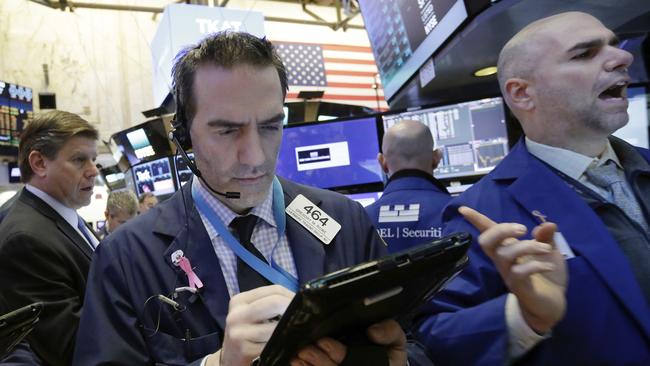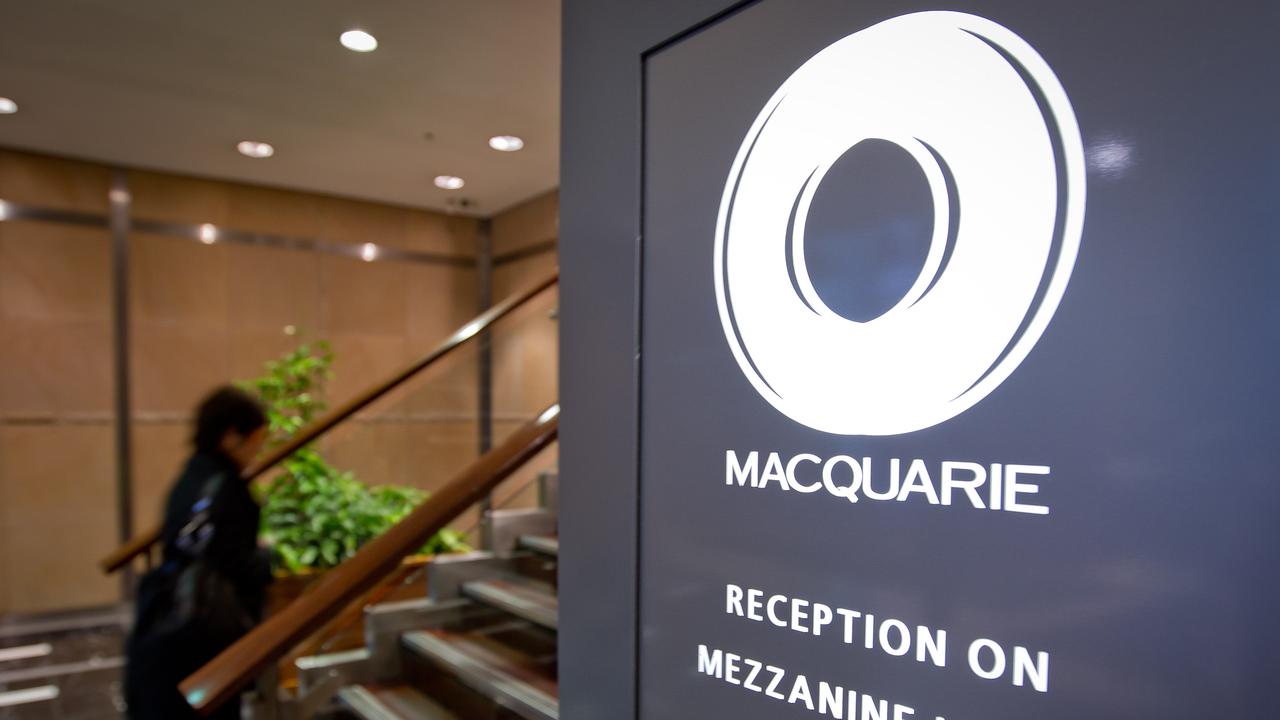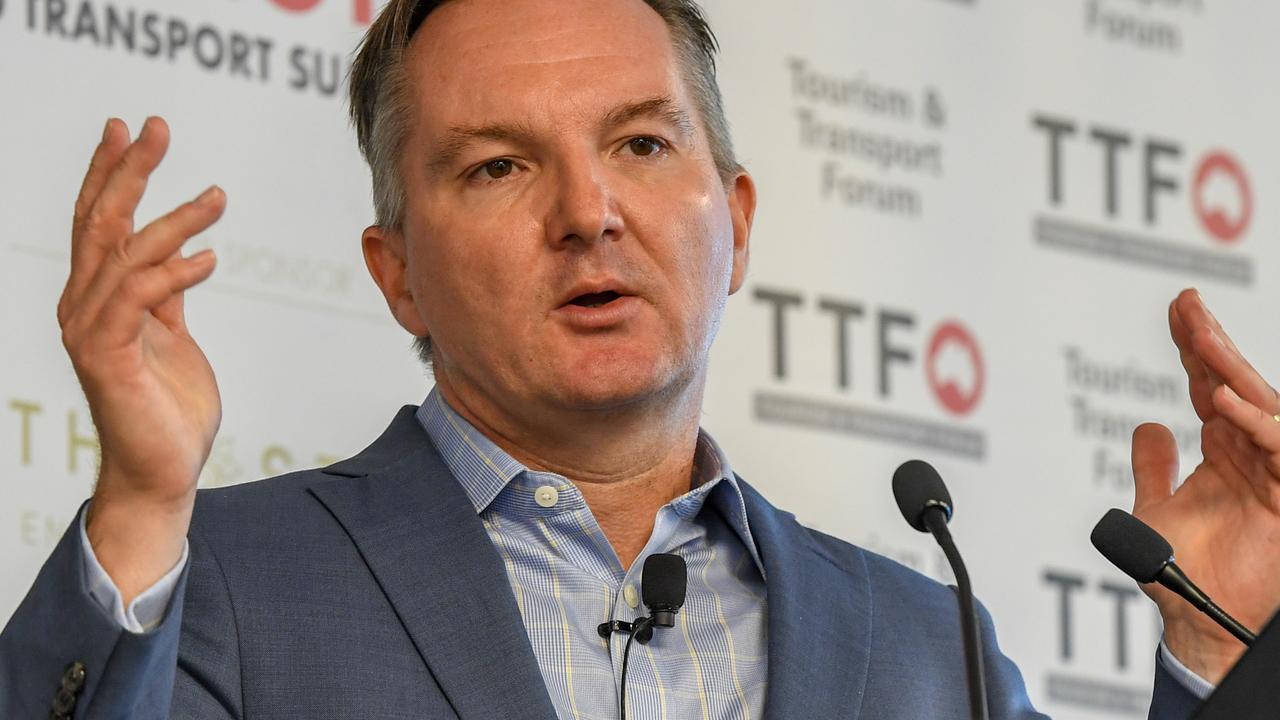Brace for more US volatility
The adverse consequences of US uncertainty, and the topping out of business expansion, will likely surface later this year.

Wall Street signals measured over a few days are very unreliable but, with the aid of my friend, the veteran economist Al Wojnilower, let me explore some of the deeper implications of this latest signal underlined by rising US bond prices.
The revolution that Donald Trump is promising to undertake in America is not finished but it is going to be a more complex task than the market had been expecting.
And so last night, while money continued to pour into US bonds, shares held steady. Be prepared for a lot more volatility.
The first hurdle was always going to be the abolition of Obamacare, which was made more difficult because the people who would be hit most by the expenditure savings would be the people in the towns and cities that swept Trump to power.
Many Trump voters did not understand what Trump meant by abolishing Obamacare. My guess is that in time an Obamacare package will get through but there will be considerable complications in state funding which will depress growth.
Wojnilower believes that even President Trump’s closest outside advisers, as well as his own family, are divided on major issues.
He says that many forecasters, governmental as well as private, assume that enactment of the president’s agenda, and the resulting economic consequences, will be delayed until next year or later — and that the outcome will be expansionary. That allows short-term forecasting to be done by routinely extrapolating the present.
This reaction may be mistaken. The positive effects of the election, notably the rousing of dormant “animal spirits” and the hiring of additional professional and service personnel, are occurring now.
However, the adverse consequences of the turmoil and uncertainty, as well as the topping out of the business expansion, will likely surface later this year.
A key ingredient of the expansion — rising automotive sales — is cresting. Sales depend more and more on questionable credit terms, but these terms will no longer ease as the Fed tightens. Refinancing of mortgages will also be impeded. Rapid job growth may sustain high levels of automotive, home, and other discretionary sales, but as full employment is reached, growth in jobs will slow, too.
Falling immigration, as planned by the administration, and the federal hiring freeze, will contribute to the slowing. In addition there is the question of how households will react to the reduced availability and increased cost of medical care, caused by the polemics of “repeal and replacement of Obamacare”.
Private capital spending (other than, perhaps, on trucks) is likely to remain in the doldrums until complex issues of domestic and international taxation highlighted by the President are resolved in a way that clarifies which firms and industries are the winners and losers. The outcome will also depend on foreign reactions. With so many foreign countries facing intense institutional crises of their own, the process of realigning trade flows and taxes may last years.
Meanwhile, downward pressures on the price of crude oil are likely to depress business investment.
The Trump administration promises major increases in spending on the military and on domestic infrastructure — all without increasing the federal deficit.
The likely slashing of expenditures on health, education, scientific, and cultural programs cannot possibly make room for the advertised increase in military spending.
As a result, the political fault-lines in Congress render it virtually certain that higher military spending will crowd out funding for infrastructure repairs.
All in all, Wojnilower believes real GDP will do well to grow 2 per cent this year (current-quarter growth appears to be considerably slower than that) and may be hard put to sustain that rate in 2018. If and when this becomes clearer as 2017 unfolds, rumblings for a big middle-income tax cut (damn the deficit, full speed ahead!) may grow louder. And the Fed will stop raising rates.
And that’s exactly what Wall Street was signalling last night.







The American bond market is sending a new signal to the world. The forecast of big interest rises on the back of booming US growth may not happen exactly as Wall Street has been anticipating.